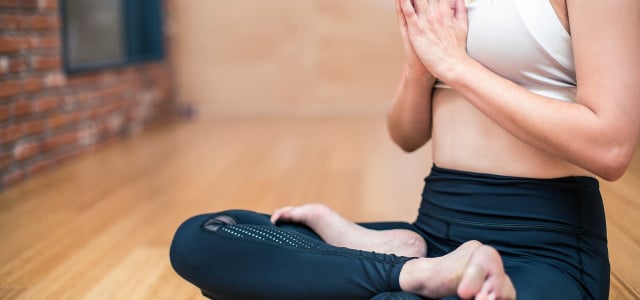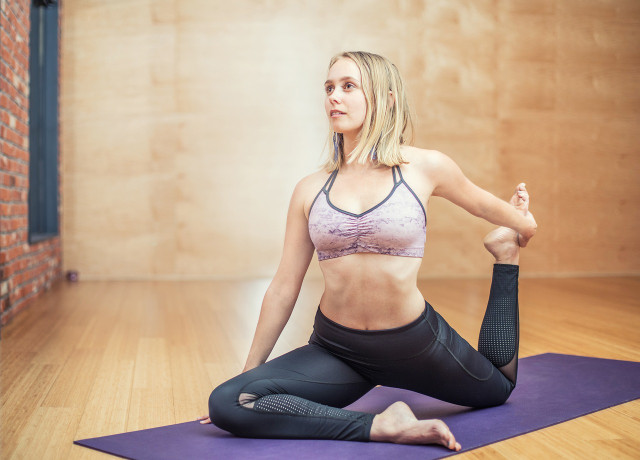
What is the difference between Pilates and Yoga? In this article, we will introduce you to the two trend sports and explain which features characterize each one.
The differences between Pilates and yoga are not so easy to find out. Both terms are often used interchangeably, although one actually describes strength training and the other a relaxation technique. We explain how you can tell the two sports apart.
Pilates and Yoga: These are the differences
Both sports are usually associated with relaxation, health and well-being. One difference between Pilates and yoga, however, is that there are about 90 different forms of yoga. A distinction is made between the classic forms of yoga, to which Hatha Yoga or Ashtanga Yoga belong, for example, and the modern types of yoga, such as Yin Yoga. A closer look reveals what also differentiates the two styles:
-
Origin: The philosophical teaching of yoga can be traced back many centuries in its origins – to India. There, yoga is mainly rooted in Hinduism, but also in parts of Buddhism. According to the foundation of the German Historical Museum, Pilates, on the other hand, can only look back on a very short past: After all, Joseph Pilates only invented the sport in New York in the course of the 20th century.
-
Goal: The goal behind yoga is to create unity between body and soul in a spiritual way. Pilates, on the other hand, is more about creating health and good body awareness through controlled movement sequences.
-
Breathing technique: Yoga and Pilates differ mainly in their different breathing techniques: While in yoga you breathe in through your nose into your stomach and out again, in Pilates it is usual to breathe in through your nose and out through your mouth.
-
Execution: According to the FAZ, yoga in its country of origin India is seen less as a sport and more as a way of life. Through meditations as well as breathing and physical exercises, spirit and soul are to be brought into harmony. However, the spiritual aspect plays no role in Pilates. Rather, it represents strength training. With each exercise, the focus is on precision, concentration and control in order to strengthen your own mobility and strengthen your muscles.
The great thing about both sports is that you can easily practice them at home. In Pilates, the so-called reformer is often used as a training device in the gym. However, you do not need any special sports equipment for either yoga or Pilates. A yoga mat and sporty or comfortable clothing are sufficient.
Difference between Pilates and Yoga: Health Effects

(Photo: CC0 / Pixabay / lograstudio)
Even if there are differences between Pilates and yoga, they have one thing in common: Both are considered to be trend sports that are very popular. According to the FAZ, four million Germans practiced yoga in 2018. That was 70 percent more than four years earlier. According to a 2022 Spektrum article, the global community ranks IHRSA Pilates as the most popular fitness activity among women. However, there are no concrete figures for Pilates, since statistics have so far only shown yoga and Pilates together.
Pilates and yoga also have some similarities in terms of health effects: According to studies, Pilates should primarily help to increase physical abilities. There is evidence that Pilates can help improve flexibility, abdominal and lumbar-pelvic stability, and increased muscle activity. The Ärztezeitung emphasizes that Pilates can help relieve chronic low back pain. Those affected only have to do Pilates for an hour about twice a week.
According to studies, yoga can also improve body flexibility and muscle strength, reduce chronic pain and promote cardiovascular functions. In addition, yoga has a particularly positive effect on mental well-being. Yoga exercises can therefore reduce anxiety, stress and depression as well as improve sleep patterns and general well-being.
Read more on Techzle.com:
- Laughter yoga against stress: 3 exercises for in between
- Children’s yoga: How to get your child excited about yoga
- Yoga in bed: The 6 best exercises for a morning or evening routine